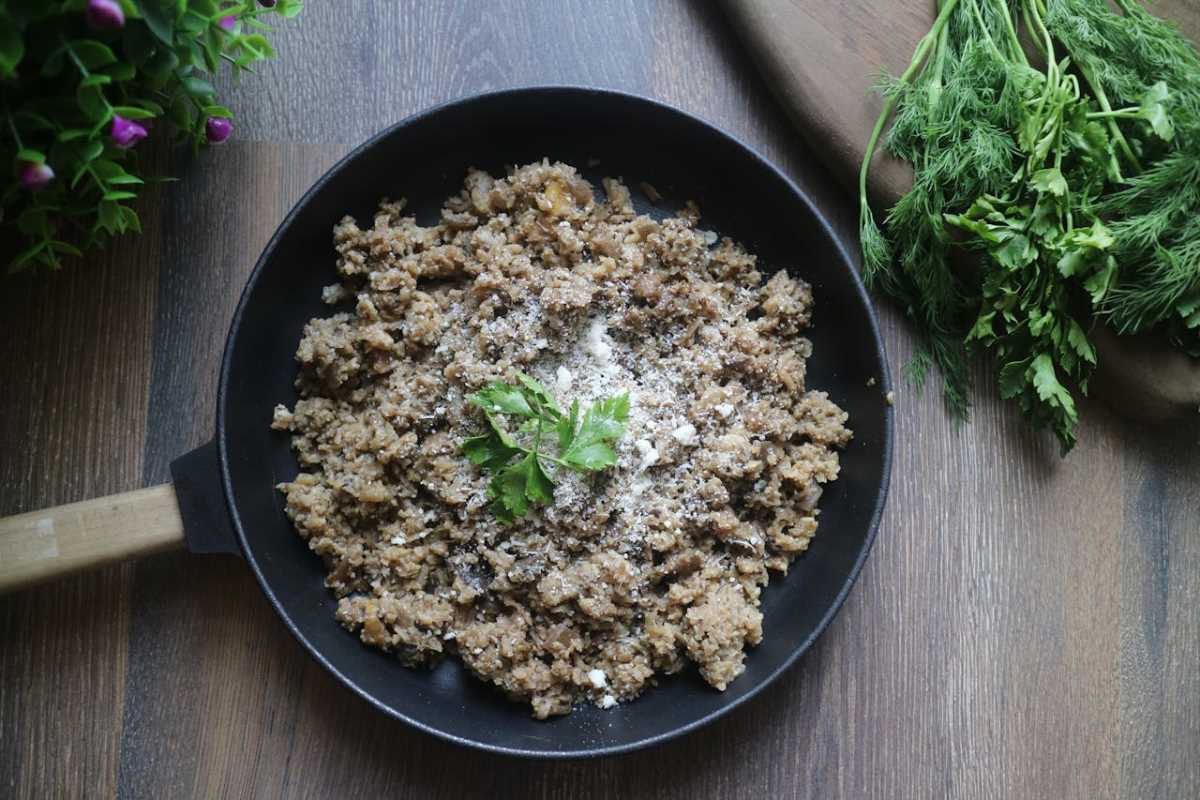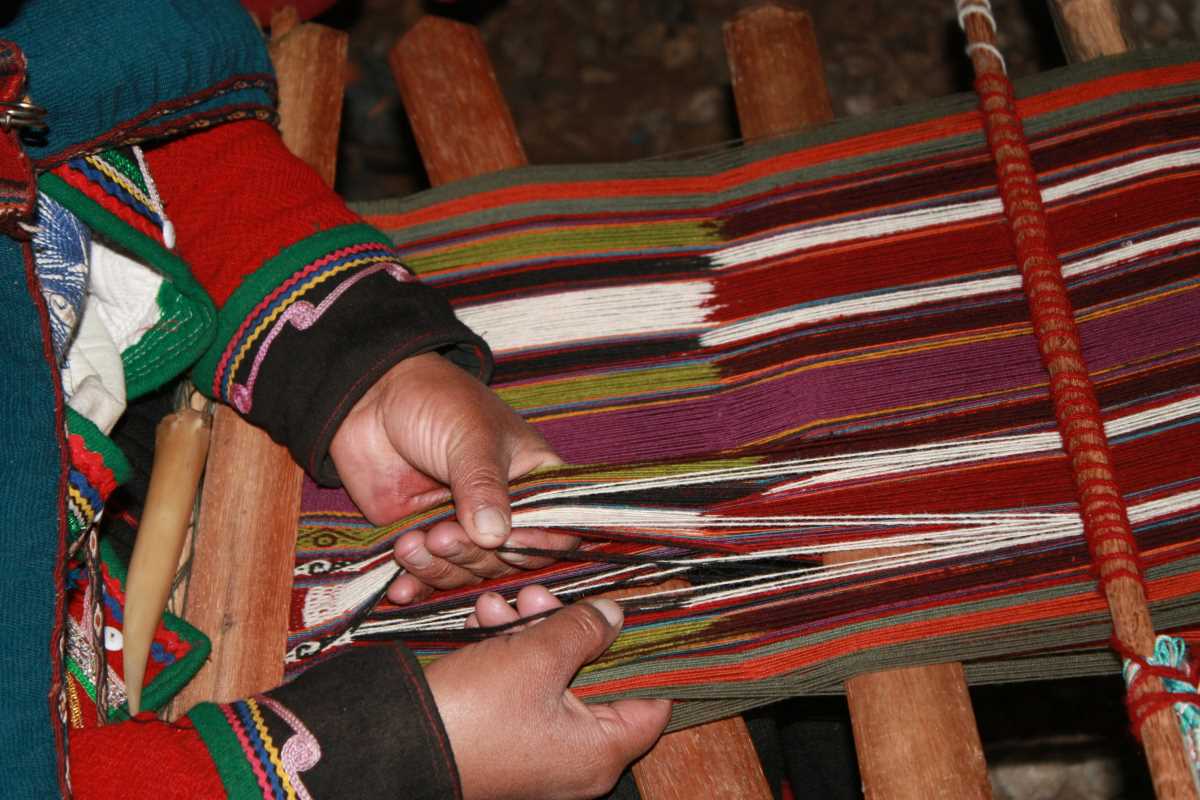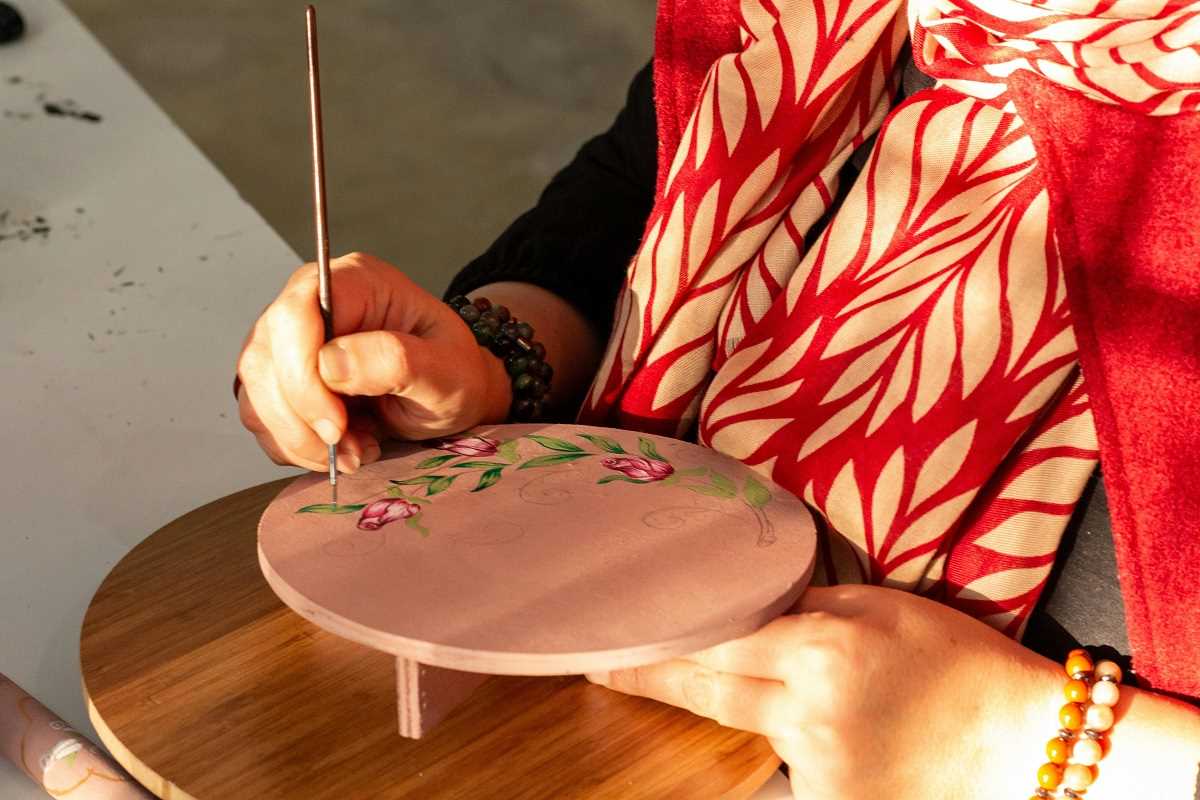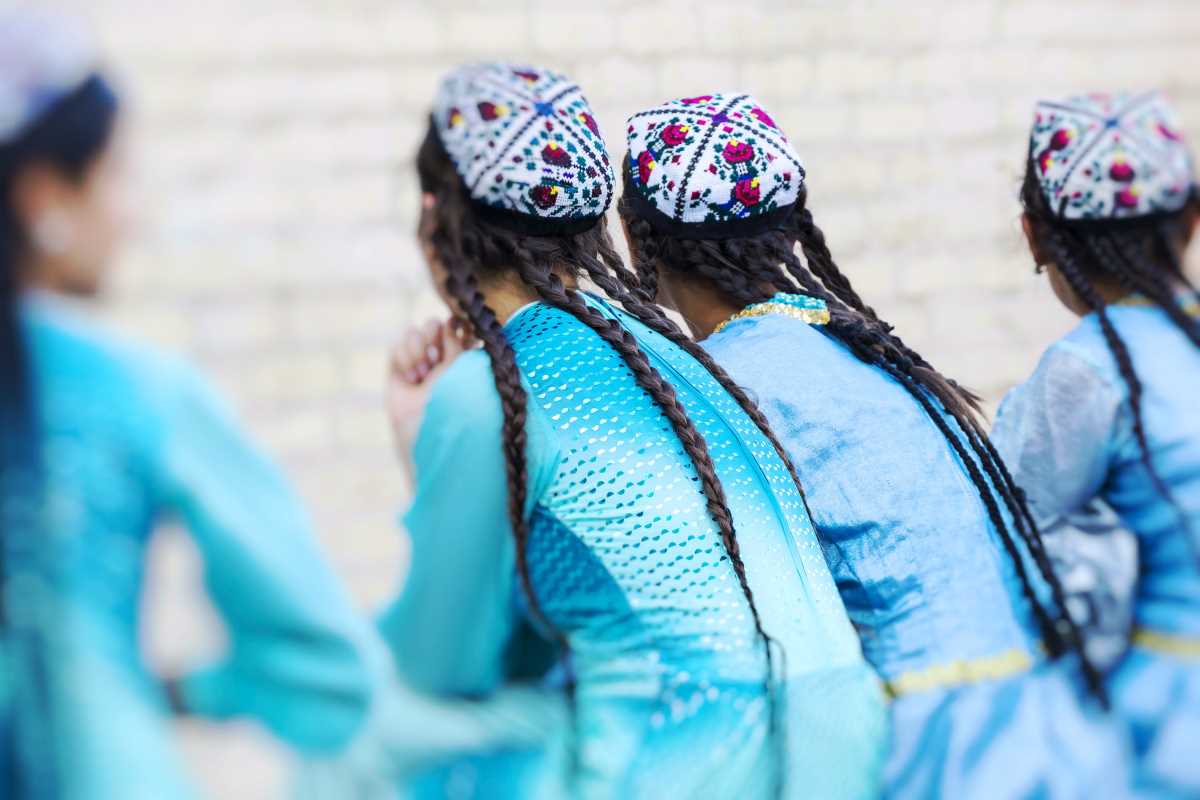Villagers gather beneath the mellow glow of early autumn, surrounded by gently rolling fields that radiate warmth and promise. Across rural Europe, communities come together each year to celebrate the harvest, blending old traditions with lively festivities that have endured for generations. These festivals fill villages with music, laughter, and the scents of fresh seasonal food. While travelers often enjoy the public parades and shared meals, the heart of these celebrations lies in lesser-known rituals. Tucked away from crowded squares, these secret ceremonies quietly honor the deep connection between people and the land, weaving memories and meaning into every autumn gathering.
Today we explore five hidden rituals that turn harvest time into magic. From whispered blessings at dawn to lantern-lit vineyard walks, these customs capture local spirit and invite visitors to connect with nature’s rhythm. Join me on an insider’s tour of hidden traditions worth seeking out this season.
Ritual 1: Dawn Blessings of the Fields
- Gathering at First Light: Participants meet behind the village chapel just before sunrise. They carry woven sheaves of wheat and calfskin flutes to signal the start of the ceremony.
- Blessing by the Elders: Two village elders dip the sheaves into spring water blessed the night before. They walk in concentric circles through the fields, murmuring blessings that locals believe bring protection against winter blight.
- Musical Offering: Flutists play simple melodies derived from medieval tunes. These notes echo softly across the hills, filling the misty air and symbolizing gratitude for the earth’s generosity.
- Communal Breakfast: After the blessing, everyone shares rye bread sweetened with honey and hot herbal tea brewed from mint and chamomile. This modest meal bonds neighbors as they prepare for a day of labor.
This ritual takes place in small communities across parts of Brittany and Bavaria. Families pass details down through generations, ensuring each verse and gesture keeps its original meaning. Visitors who rise early witness a quietly powerful tradition that celebrates hope and renewal.
Even though dawn gatherings look simple, every element carries deep cultural meaning. Locals believe the flute tones wake the land’s spirit, while the circle dance mimics the sun’s path across the sky. Anyone can join the breakfast and feel a bond that transcends language.
Ritual 2: Harvest Crown Ceremonies
- Selecting the Stalks: Youth groups collect the tallest, ripest stalks of barley or wheat. These must bend but not break under gentle pressure.
- Weaving the Crown: Under a decorated oak tree, artisan weavers intertwine the stalks into a circular crown, adding sprigs of wildflowers and autumn leaves for color.
- Anointing with Oil: A village priest or midwife anoints the finished crown with scented olive oil infused with rosemary and thyme. This step symbolizes the union of community and nature.
- Crowning the Harvest Queen: A local volunteer, often someone who contributed most to the fields, wears the crown. She offers a short blessing and invites everyone to dance around the oak tree.
- Procession to the Barn: The crowned queen leads a torchlit procession to the village barn, where she places the crown on a harvest altar before joining the feast.
Regions in northern Italy and rural Austria carry on this ritual each year. It honors both the land and the workers who tend it. By elevating an everyday volunteer to ceremonial royalty, villagers reinforce their bond to the earth and each other.
The procession’s torchlight creates dramatic shadows, turning familiar farmland into a storybook scene. When the Harvest Queen steps forward, applause echoes through fields and barns alike, affirming shared pride in the season’s yield.
Rural 3: Communal Feasting and Music
After ceremonial offerings, communities gather beneath open pavilions to feast. Long wooden tables hold fresh cheeses, roasted root vegetables, spiced sausages, and crates of bright apples. Each dish highlights local produce and traditional preservation methods.
Folk musicians set up nearby, tuning fiddles, accordions, and hammered dulcimers. They play jigs and reels that invite listeners to stomp, clap, and swing partners on packed dance floors. This lively gathering provides both nourishment and entertainment.
Some villages pass around a decorated wooden bowl filled with spiced cider, symbolizing unity as everyone sips from it in turn. Others share small pastries shaped like animals, believed to bring good luck when eaten before winter.
Guests often learn simple dance steps on the spot, guided by locals who smile and offer encouragement. Through music and movement, people of all ages connect across generations, creating memories that outshine any elaborate décor.
Ritual 4: Lantern Processions Through Vineyards
As dusk falls, small groups light narrow lanes between grapevines. They carry handmade lanterns fashioned from gourds or lanternine paper. The warm glow combines with twilight’s chill to create a magical atmosphere.
Vinegrowers guide visitors through the rows, sharing whispered legends about protective spirits said to guard each vine. At selected points, they pause to crush grapes by foot in small wooden vats, offering a taste of freshly pressed juice.
This wandering ceremony takes place in wine regions from Portugal to Hungary. It pays homage to Bacchic traditions that date back to antiquity. The lanterns symbolize human stewardship amid darkness, reminding all who walk them of patience and care.
By the end, participants gather at a rustic table for small plates of cheese and brandied cherries. As they sip youthful wine, storytellers recall old harvest tales while lantern light dances on smiles and vine leaves.
Ritual 5: Saying Goodbye to the Season
When fields stand bare and vines release their last fruit, villages hold a final gathering to say farewell to autumn. They build a large bonfire in a meadow and set aflame an effigy made from leftover straw and dried flowers.
Children and elders circle the fire, tossing in ribbon scraps or small tokens that represent personal challenges from the past year. Flames consume worries as sparks rise into the crisp air, symbolizing release and new beginnings.
Musical drummers beat steady rhythms to match crackling logs. Participants join hands, forming ever-widening rings around the blaze. As warmth radiates outward, people share hopes for the next planting season.
This closing rite appears in parts of Romania and Galicia, offering a dramatic send-off to harvest time. It reminds everyone that cycles end so new ones can start, guiding hearts with both memory and anticipation.
Participate in these rituals to connect with local traditions and communities. Visiting during harvest season offers meaningful experiences and insights into rural European life.





.jpg)

